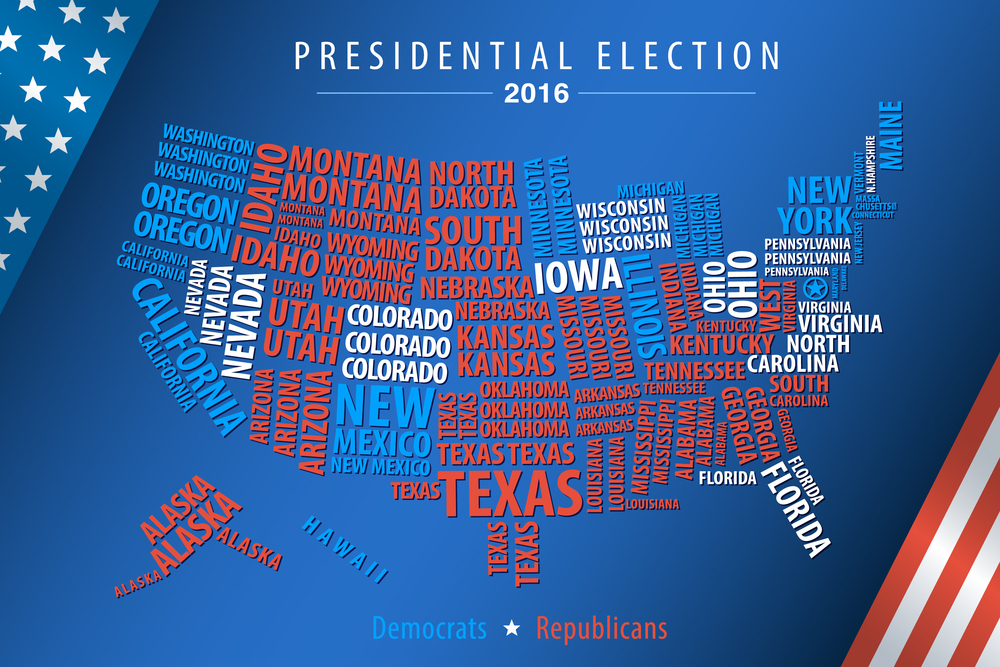U.S. adults are spending upwards of five hours of day with digital media, and more than half of the time this media is accessed via mobile devices. All the while, Millennials are abandoning TV for online video. These consumer trends are catapulting short-form content, especially video, to the forefront of influencer marketing.
Here are a few phrases the marketers of the “Mad Men” era would have never seen coming: Cord-cutter. Vine celebrity. Netflix and chill. Technology has ushered seismic changes into the marketing landscape – and as the media world has become digitized and fragmented, it has also become democratized. Beauty influencer Michelle Phan has 8 million subscribers on YouTube. Allure magazine, one of the most established women’s beauty magazines around, has 71,000. For brands, this means that the media stalwarts that have dominated advertising budgets for decades are no longer the most effective places to reach audiences. It also means that influencer and native marketing opportunities have never been more valuable, but they have also never been more complex. So, what’s a modern-day marketer to do? Here are three quick tips for brands investing in influencer marketing in 2016 and beyond.
1. Rethink Your Content Distribution
Distribution used to be a pretty straightforward concept for marketers: identify the top channels for reaching large audiences and place media buys within those channels. Obviously, a lot has changed since there were only a few media properties calling all the shots. Social media platforms and apps like Snapchat, Vine and Instagram are changing the game for marketers. Beyond there being more channels where people are consuming content, these are also places where people are empowered to tell their own stories via user-generated content. Millennials are spending 30 percent of their total media time with UGC, in large part due to the fact that emerging platforms are dominated by individuals and personalities – not brands and media properties. Key Takeaway Step away from the mindset that people are only valuable insofar as they are impressions. By activating short-form content creators as media channels in their own right, you will better align with shifting consumption habits and bring your brand into relevant, peer-led conversations in social media.
2. Learn What Motivates The Next Generation Of Influencers
Marketers who cut their teeth in the mommy blogger era might not recognize today’s crop of influencers, who have amassed large and engaged audiences based on subject matter expertise and a knack for creating compelling short-form content. While blogs are still relevant, short-form content – especially video – is the clear future for influencer marketing. Crowdtap recently interviewed more than 50 content creators to learn about how they approach brand partnerships. One of the biggest findings was the extent to which creative freedom is valued by influencers today. The most in-demand creators are carefully vetting brand partnerships (some field up to 15 to 20 brand pitches a week!) by ensuring the opportunities are relevant to their audiences and aligning themselves with brands who provide context and then get out of the way. Key Takeaway Ceding creative control might seem like a scary proposition, but with the right guidance and guardrails, brands can partner with short-form creators on programs that authentically engage audiences in these spaces.
3. Evolve Your Compensation Structure
The pay-per-post model is no longer relevant in today’s influencer marketing landscape. Short-form content, especially video, is a different animal and requires a model that incorporates additional inputs beyond the creator’s estimated reach. When we asked creators what informs their rate card, several factors emerged – beyond reach – including the number of posts, turnaround time and the complexity of the ask. This is a testament to the rise of short-form content, as brands are less frequently partnering with influencers on one-off posts. Instead, marketers are learning that sustained, cross-platform creator partnerships are a powerful means to reaching audiences within various lifestyle categories. Key Takeaway While reach can provide marketers with a baseline for estimating campaign performance, engagement is the single most important metric for brands to look at when vetting creator partnerships. Consistently high engagement rates – regardless of fan or follower counts – indicate that the creator has a captive audience of people who trust them to create compelling, authentic content on a particular topic.


